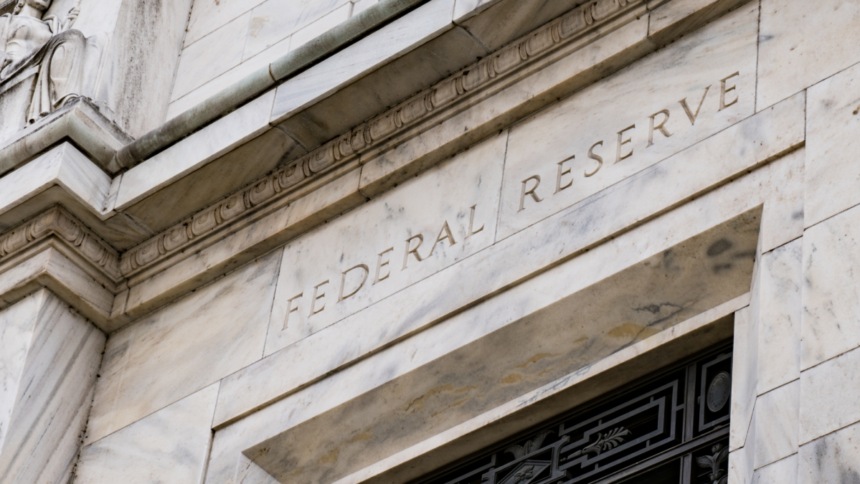Understanding the Recent Federal Reserve Interest Rate Cut
Recently, the Federal Reserve made waves by reducing its benchmark interest rate by 50 basis points, marking the first drop in borrowing expenses since the onset of the pandemic in March 2020. The new federal funds rate now sits in the 4.75% to 5% range, leading to lower credit card and personal loan interest rates across the board. While this half-point reduction will definitely ease borrowing costs, it’s unlikely to provide substantial assistance right away. Some impacts, like those on credit card rates, will be felt immediately, whereas effects on mortgage refinancing may take a bit longer to become apparent.
Regardless of the extent of the decrease, several strategic financial actions can be taken to make the most of this interest rate change.
Consider Refinancing Your Mortgage
Even prior to this recent cut, mortgage rates had already decreased, reaching their lowest levels since May 2023, with an average of 6.59%, as reported by a Bankrate survey. However, the process of refinancing is a different story altogether.
Evaluate your current mortgage rate against the newly available rates. Even a modest difference of 0.5% to 1% can translate into substantial savings over the lifespan of your mortgage. Be sure to calculate your break-even point to ascertain how long it will take for the reduced rate savings to outweigh the refinancing expenses.
Refinancing may not suit everyone’s circumstances, but it can be particularly advantageous for homeowners who secured loans during previous rate hikes. Utilize this mortgage refinance calculator from Bankrate to determine if refinancing is a viable option for you.
Address Your Debt Efficiently
While it may take time for mortgage rates to adjust, other types of debt can experience swift changes:
-
Personal Loans: If you are burdened with a high-interest personal loan, now might be the time to explore refinancing options for a lower rate.
-
Auto Loans: If you took out an auto loan when interest rates were elevated, look into refinancing possibilities. A slight reduction in your interest rate could lead to meaningful savings throughout the loan term.
Re-evaluate Your Savings Approach
Savers might face the unfortunate reality of diminished interest on their savings accounts in the near future. This could be an excellent opportunity to explore alternative savings products:
-
High-Yield Savings Accounts: These accounts tend to provide better rates compared to traditional savings accounts. Even amid low interest rates, a high-yield savings account can be a smart way to accrue returns on funds you anticipate needing in the next one to five years. Here’s a guide for selecting the best yields.
-
Certificate of Deposit (CD) Ladders: CDs are offered for various durations, typically ranging from three months to five years, with longer terms usually delivering higher interest rates. Consider creating a CD ladder to take advantage of potentially favorable long-term rates while ensuring liquidity in the process. This method offers a series of maturing CDs, providing better access to your funds without incurring early withdrawal penalties.
-
Money Market Accounts: A money market account (MMA) can yield higher interest compared to a conventional savings account. While they generally offer better rates and more flexibility than CDs, those who have grown accustomed to yields exceeding 5% might need to reassess their allocations if the funds aren’t required soon.
Reassess Your Investment Portfolio
This change in rates serves as a reminder of the significance of diversification. Evaluating your portfolio to ensure it is well-suited for a lower rate environment aligned with personal investment objectives and risk tolerance is essential.
-
Consider Expanding Growth Stock Investments: Recent analysis by U.S. News suggests that growth stocks are likely to prevail over value stocks as the Federal Reserve implements rate cuts. Reduced interest rates may benefit growth-oriented firms attempting to fund their expansion through borrowing. Explore this month’s top-performing growth stocks.
-
Stick with High-Quality Bonds: An increase in bond value may occur as investors seek bonds issued at the previous, higher interest rates. However, it’s noteworthy that newly issued bonds will reflect lower yields for the time being.
-
Explore Real Estate Investment: Lower interest rates might invigorate the real estate market. As mortgage rates decline, there could be heightened activity in the housing market, enabling more individuals to purchase homes or refinance their existing mortgages. Refer to this guide for investing in real estate without substantial capital.












